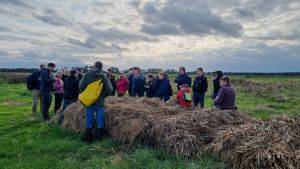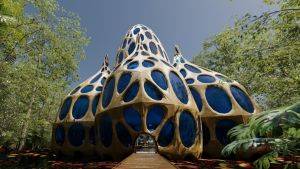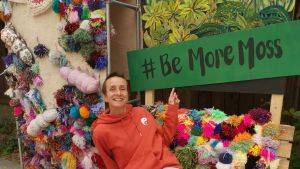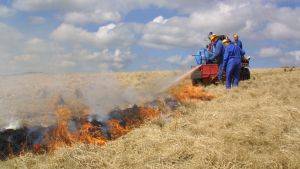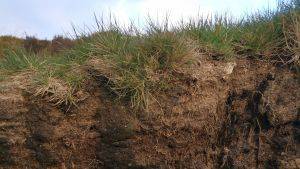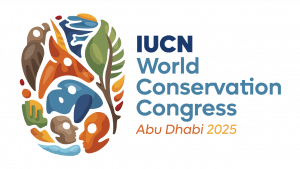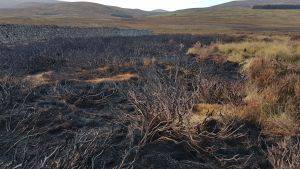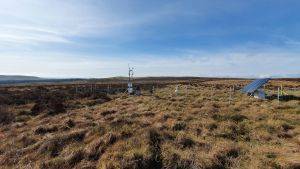10th - 12th September 2025, University of Dundee
Organisers
-
Luis Espath, University of Nottingham, UK
-
Matteo Icardi, University of Nottingham, UK
-
David Large, University of Nottingham, UK
-
Roxane Andersen, Environmental Research Institute, UK
-
Eric Hall, University of Dundee, UK
-
Ehsan Jorat, Abertay University, UK
-
Irene Tierney, IMTECO LIMITED, UK
-
Santiago Clavijo, TNO, Netherlands
About:
Are peatlands losing their ability to store carbon? Do peatlands tend to increase or decrease their earth’s surface area over time or are these steady-stable ecosystems? Peat presents a testable context for studying soft-growing porous materials due to the mostly unexplored coupling between poro-eco-chemo-mechanics, growth determined by the ecological and hydrological properties of the unsaturated layer, and chemical decay that generates gases (such as carbon dioxide (CO2) and methane (CH4)) within the soft anisotropic, water-saturated organic matter (peat). The complexity of the problem requires the development of new multidisciplinary approaches to address these questions.
Objective
This workshop will merge disciplines—mathematics, ecology, hydrology, and chemistry—addressing both academic challenges and real-world issues in carbon sequestration. It will create a unique platform for experts from diverse backgrounds to jointly develop a holistic understanding of peat bog dynamics. The integration of multiple perspectives is expected to lead to innovative modeling approaches and potential breakthroughs in peatland restoration, its carbon management and a better understanding of peat as a soft complex evolving porous material.
Relevance
Peatlands store carbon. Overall, peatlands contain more than 600 gigatonnes of carbon (44% of all soil carbon), exceeding the carbon stored in all other vegetation types, including the world's forests. Peatlands sequester 0.37 gigatonnes of CO2 a year. Unfortunately, human activities have turned these environments from long-term carbon sinks into carbon sources (CO2/CH4). Damaged peatlands worldwide emit at least 2 billion tonnes of carbon dioxide annually. Globally, peatlands are highly degraded (through land use change), and their restoration is a priority in our battle against climate change. This is evidenced by, e.g., £1bn funding commitment by the UK government to peatland restoration.
We welcome participation in two main ways:
- Present a Short Research Talk
We invite short talks (15–30 mins) from researchers, practitioners, or policymakers working on topics related to peatland dynamics, carbon storage, modelling, restoration, monitoring, or risk. Multidisciplinary contributions are particularly encouraged.
- Propose a Working Challenge
Bring a real-world applied or modelling problem—whether industrial, environmental, or policy-related—to be explored during the workshop by focused working groups. These groups will include experts and early-career researchers, with a written report produced post-event outlining potential solution strategies and mathematical approaches.
Funding & Participation
We have a limited number of fully funded places (including travel and accommodation), prioritised for challenge providers and contributors.
To register your interest in attending, giving a talk, or proposing a challenge, please fill in the form below by May 31st:
(jointly with MathPeat mathpeatnetwork.wordpress.com)

